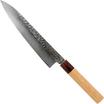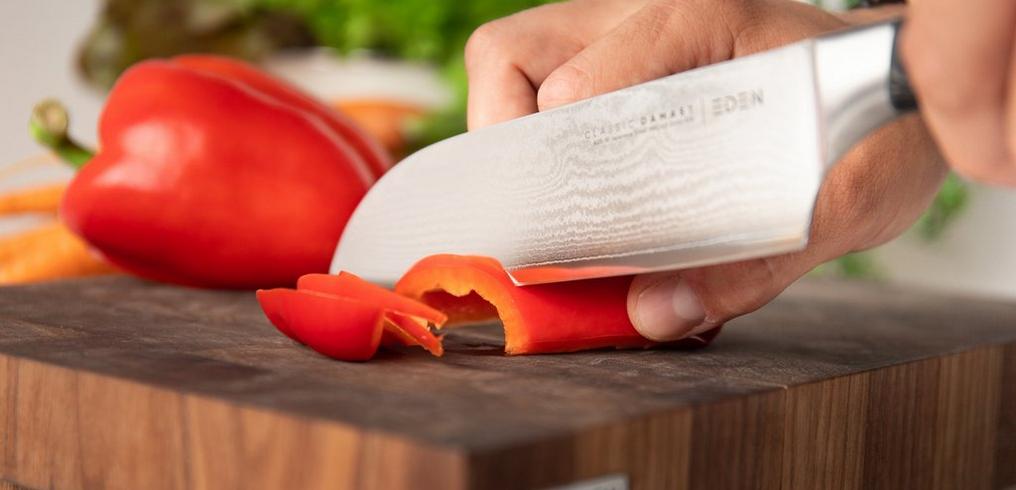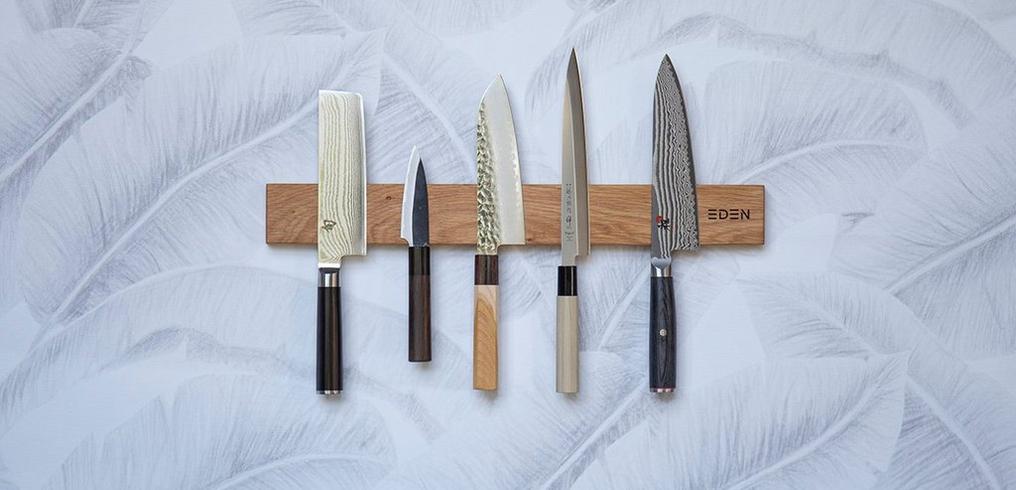
Japanese chef's knives: the favourite knives of many professional chefs
For decades, Japanese chef's knives have been known for their sharpness, functionality and stunning look and feel. It is not surprising at all that many chefs use a Japanese chef's knife. They are the cream of the crop when it comes to kitchen knives. The blades of Japanese chef's knives are often even thinner, and these knives weigh less than their European counterparts making them amazing to use!
















































The santoku and the gyuto: which one will you choose?
There are two specific types of Japanese chef's knives: the santoku and the gyuto. Both knives are all-rounders and the basis of every knife set.
A santoku is characterized by its straight edge. In contrast to a gyuto, the blade is about the same height along its entire length and only slopes down at the tip. The santoku is also a little more compact and therefore easier to use. The santoku excels at cutting vegetables.
The gyuto looks a lot like the European chef's knife. They share a lot of characteristics. The main difference is that a gyuto, on average, is a little longer than a European chef's knife. A characterizing feature of a gyuto is the sharp tip at the end of the blade. Because of this shape, a gyuto usually has a 'convex' edge, which is different from the straight edge of a santoku. A gyuto is better suited for traditional, European cutting techniques.













